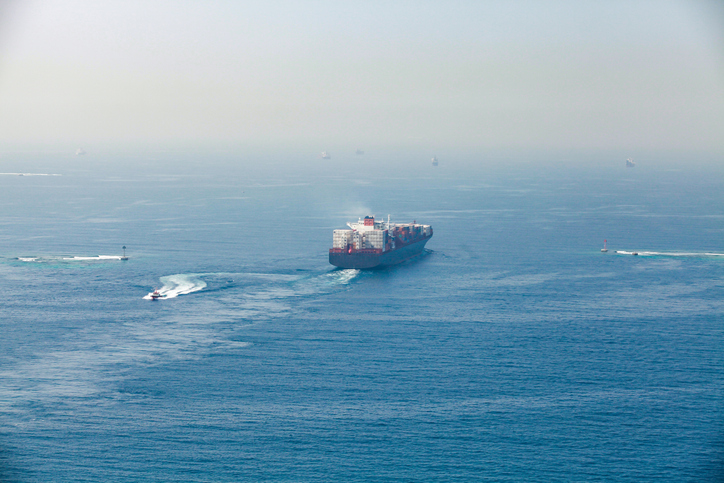
The Weekly Roar
In this week’s Roar: Global container capacity and the Red Sea, insights from the May Logistics Manager’s Index, diesel prices continue to fall, two important anti-pollution programs, and 3D technology in the supply chain.
 The Red Sea crisis has forced most new container capacity to be deployed on extended Asia-Europe routes via the Cape of Good Hope. Since May 2024, 2.62 million TEU have been added globally, with 31% of that allocated to Asia-Europe, boosting capacity there by over 40% between 2023 and 2025. This is equivalent to almost 25% of the global fleet trading there, making it the largest shipping lane for the liner fleet. In comparison, The Asia-North America fleet had an annual growth rate below the industry average of 3.7%.
The Red Sea crisis has forced most new container capacity to be deployed on extended Asia-Europe routes via the Cape of Good Hope. Since May 2024, 2.62 million TEU have been added globally, with 31% of that allocated to Asia-Europe, boosting capacity there by over 40% between 2023 and 2025. This is equivalent to almost 25% of the global fleet trading there, making it the largest shipping lane for the liner fleet. In comparison, The Asia-North America fleet had an annual growth rate below the industry average of 3.7%.
The May 2025 Logistics Manager’s Index (LMI) report highlights important developments in Inventory Costs, Warehousing Utilization, and Transportation Prices. Inventory Costs continue to rise, hitting their highest level since October 2022. This means the goods that were imported earlier in the year remain in storage, which comes at a cost. Warehousing Utilization is up by 2.4 points, indicating a growing demand for warehouse space and contributing to inflationary Warehousing Prices. Transportation Prices show a moderate increase, with other Transportation metrics remaining relatively stable overall.
The US national average diesel price has fallen for eight straight weeks. For the week of June 2, the average price decreased by 3.6 cents, landing at $3.451 per gallon. This follows a 4.9-cent drop the previous week, contributing to a total decline of 12.8 cents over seven weeks. On a year-over-year basis, the national average is down by 27.5 cents, even after a 4.7-cent increase recorded during the week of April 7.
The American Association of Port Authorities (AAPA) is pushing the Senate to preserve funding for two important anti-pollution programs, the Clean Ports Program and the Diesel Emissions Reduction Act (DERA) grant programs. Both are on the chopping block, and the AAPA is cautioning that losing the funds could threaten the recovery of US manufacturing and the maritime industry. They both play an important role in outfitting ports with cutting-edge technology and supporting American manufacturers while countering China’s maritime dominance. The two programs received $147 million from the EPA in 2024.
3D technology is revolutionizing supply chain visibility by overcoming the constraints of 2D data. The newer technology provides a dynamic and detailed perspective of facilities, assets, and workflows. Logistics firms are now utilizing digital twins, a.k.a. real-time virtual replicas of warehouse layouts and processes. This helps improve inventory management and facility audits by producing precise 3D models that can be analyzed remotely. And during transit, when combined with location-aware sensors, they improve transparency by allowing for remote monitoring of cargo conditions.
For the rest of the week’s top shipping news, check out the article highlights below.









